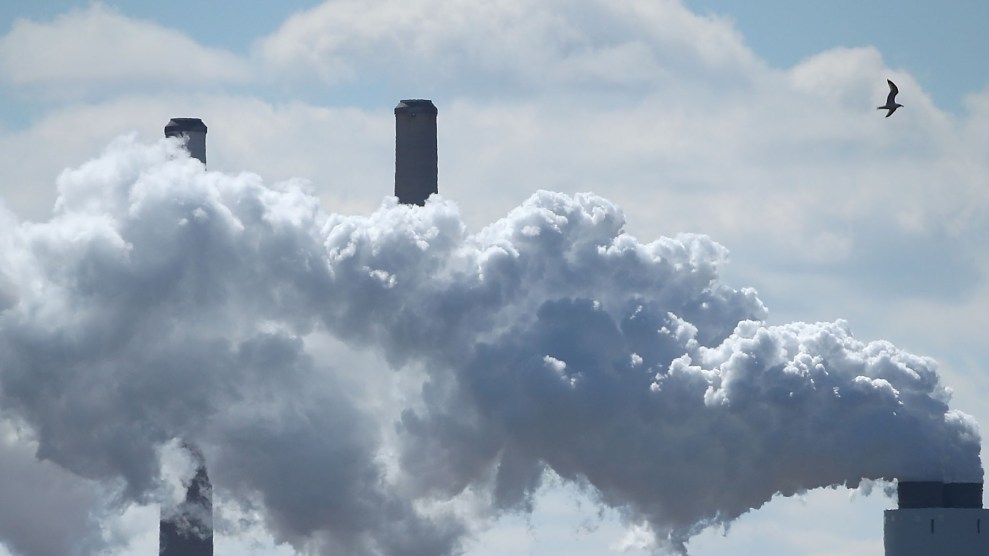Conservation groups today filed a formal notice of intent to sue the U.S. Environmental Protection Agency for failing to update slaughterhouse wastewater guidelines as required by the Clean Water Act.
More than 8 billion chickens, 100 million hogs, and 30 million beef cattle are processed each year in more than 5,000 slaughterhouses across the country. An estimated 4,700 of these are currently allowed to discharge processed wastewater directly into waterways or to publicly-owned treatment plants.
“Many of these dirty slaughterhouses contribute to impairments in the waterways where they discharge their pollution,” said Sylvia Lam, Attorney with the Environmental Integrity Project. “The most polluting plants also release far more pollution than the cleanest plants. EPA needs to step in, set stronger national water pollution standards for meat and poultry processing plants, and level the playing field.”

The Clean Water Act requires the EPA to annually review, and potentially strengthen, industry-wide water pollution standards—called effluent limitation guidelines —for slaughterhouses to ensure the guidelines keep pace with advances in technology that reduce the amount of pollution animal processing and rendering facilities discharge into the nation’s waterways.
Continue reading at:
Groups Launch Legal Action to Protect Waterways from Slaughterhouse Pollution - Waterkeeper Alliance





